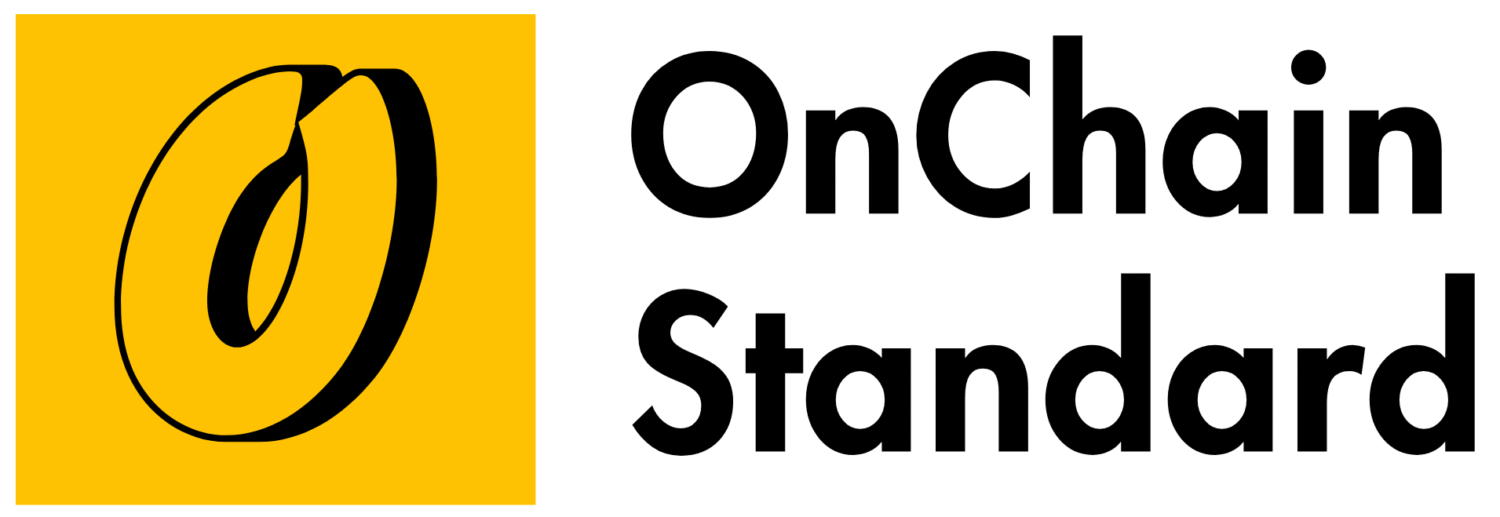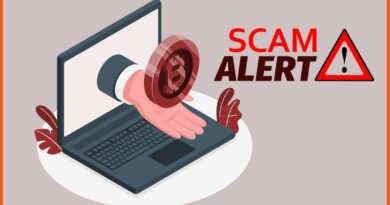Top 10 Tips to Keep Your Crypto Wallet Safe in 2025
Introduction
With the cryptocurrency market exceeding $3 trillion in 2025, securing your crypto wallet is critical to safeguarding your assets. Hacks, phishing attacks, and scams led to $3.7 billion in losses in 2024, making wallet security a top priority for investors. Whether using a cold wallet like Ledger or a hot wallet like MetaMask, robust practices can prevent theft and ensure peace of mind. This article outlines the top 10 tips to keep your crypto wallet safe in 2025, offering actionable steps for beginners and seasoned investors alike.
1. Use a Cold Wallet for Large Holdings
Cold wallets, such as hardware devices like Ledger Nano X ($149) or Trezor Model T ($179), store private keys offline, making them nearly immune to hacks.
-
Why It Matters: Offline storage protects against phishing and malware, which caused $1.5 billion in hot wallet losses in 2024.
-
How to Implement: Store high-value assets (e.g., >$5,000) in a cold wallet. Transfer smaller amounts to hot wallets for daily use.
-
Tip: Keep your cold wallet in a secure location, like a safe, and avoid connecting it to internet-enabled devices unnecessarily.
2. Secure Your Seed Phrase
Your 12–24 word recovery phrase is the key to your wallet. If lost or stolen, it can lead to permanent fund loss.
-
Why It Matters: Over 70% of 2024’s wallet hacks involved compromised seed phrases, costing users $1 billion.
-
How to Implement: Write your seed phrase on paper or engrave it on metal plates (e.g., Billfodl, $99). Store it in multiple secure locations, like a safe deposit box.
-
Tip: Never store your seed phrase digitally (e.g., in cloud storage or screenshots) or share it, as phishing scams often target this.
3. Enable Two-Factor Authentication (2FA)
2FA adds an extra layer of security to hot wallets and exchange accounts by requiring a second verification step.
-
Why It Matters: Accounts without 2FA accounted for 60% of exchange hacks in 2024, including $200 million from Bybit.
-
How to Implement: Use hardware-based 2FA (e.g., YubiKey, $50) or authenticator apps (e.g., Google Authenticator) instead of SMS, which is vulnerable to SIM-swapping.
-
Tip: Enable 2FA on all platforms, including Binance, Coinbase, and MetaMask, and back up recovery codes offline.
4. Verify Wallet Software and Downloads
Fake wallet apps and browser extensions can steal your private keys or seed phrase.
-
Why It Matters: In 2024, fake MetaMask extensions tricked 10,000 users, draining $50 million in assets.
-
How to Implement: Download wallet software only from official websites (e.g., metamask.io, ledger.com) or trusted app stores. Verify checksums for desktop apps.
-
Tip: Check for HTTPS and correct domain spelling before downloading to avoid phishing sites (e.g., “metarnask.io”).
5. Avoid Public Wi-Fi and Unsecured Networks
Using public Wi-Fi exposes your wallet to man-in-the-middle attacks, where hackers intercept data.
-
Why It Matters: Unsecured networks contributed to 15% of hot wallet breaches in 2024, particularly for mobile wallets.
-
How to Implement: Use a VPN (e.g., NordVPN, $3/month) or your mobile data for wallet transactions. Avoid public Wi-Fi at cafes or airports.
-
Tip: Disable Wi-Fi and Bluetooth on your device when accessing your wallet to minimize risks.
6. Regularly Update Wallet Software
Outdated wallet software or firmware can have vulnerabilities that hackers exploit.
-
Why It Matters: A 2024 Ledger firmware exploit exposed 1,000 users before a patch was released.
-
How to Implement: Update hot wallets (e.g., Trust Wallet, MetaMask) via official app stores and hardware wallets via manufacturer software (e.g., Ledger Live).
-
Tip: Enable auto-updates where possible and check for updates monthly to stay protected.
7. Use Reputable Exchanges and dApps
Connecting wallets to unverified exchanges or decentralized applications (dApps) risks approving malicious smart contracts.
-
Why It Matters: Fake dApps caused $500 million in losses in 2024, with 20% targeting Uniswap impersonators.
-
How to Implement: Verify platforms using Token Sniffer or GoPlus Security. Only connect to trusted dApps like Uniswap or AAVE, confirmed via Etherscan.
-
Tip: Revoke unnecessary dApp permissions using Revoke.cash to limit exposure, especially after airdrop interactions.
8. Monitor Transactions and Addresses
Unusual wallet activity can indicate hacks or unauthorized access.
-
Why It Matters: Early detection prevented $100 million in losses for vigilant users in 2024.
-
How to Implement: Track transactions using block explorers like Etherscan (Ethereum), BscScan (BNB Chain), or Solscan (Solana). Set alerts for large transfers.
-
Tip: Save your wallet’s public address in a block explorer and check weekly for unrecognized activity.
9. Diversify Storage Across Multiple Wallets
Storing all assets in one wallet creates a single point of failure.
-
Why It Matters: A single compromised wallet led to a $70 million loss in a 2024 phishing attack.
-
How to Implement: Split assets across multiple wallets (e.g., 70% in a Ledger cold wallet, 20% in a MetaMask hot wallet, 10% on an exchange for trading).
-
Tip: Use multi-signature wallets (e.g., Safe, supported by Ethereum) for large holdings, requiring multiple approvals for transactions.
10. Stay Vigilant Against Phishing and Scams
Phishing remains the top crypto scam in 2025, tricking users into revealing sensitive information.
-
Why It Matters: Phishing attacks caused $1.5 billion in losses in 2024, targeting seed phrases and login credentials.
-
How to Implement: Ignore unsolicited emails, DMs, or pop-ups requesting wallet details. Verify communications via official project websites or verified X accounts.
-
Tip: Use tools like Token Sniffer to vet new tokens and avoid fake airdrops or impersonation scams, prevalent on Telegram and X.
Challenges and Considerations
-
Evolving Threats: AI-driven phishing and deepfake scams in 2025 bypass traditional detection, requiring constant vigilance.
-
User Error: Over 50% of 2024 losses stemmed from users sharing seed phrases or clicking malicious links.
-
Cost of Security: Hardware wallets ($50–$200) and VPNs ($3–$10/month) add costs, which may deter small investors.
-
Technical Complexity: Multi-sig setups and seed phrase management can overwhelm beginners, leading to errors.
-
Regulatory Risks: Exchange wallets may freeze funds due to compliance, as seen in Binance’s $4.3 billion settlement in 2024.
Conclusion
Securing your crypto wallet in 2025 is essential to protect your assets in the $3 trillion crypto market. By using cold wallets, safeguarding seed phrases, enabling 2FA, and staying vigilant against phishing, investors can significantly reduce risks. Combining these practices with reputable platforms, regular monitoring, and diversified storage ensures robust security. As scams and hacks evolve, adopting these top 10 tips empowers you to navigate the crypto landscape confidently, keeping your funds safe in an ecosystem full of opportunities and risks.




